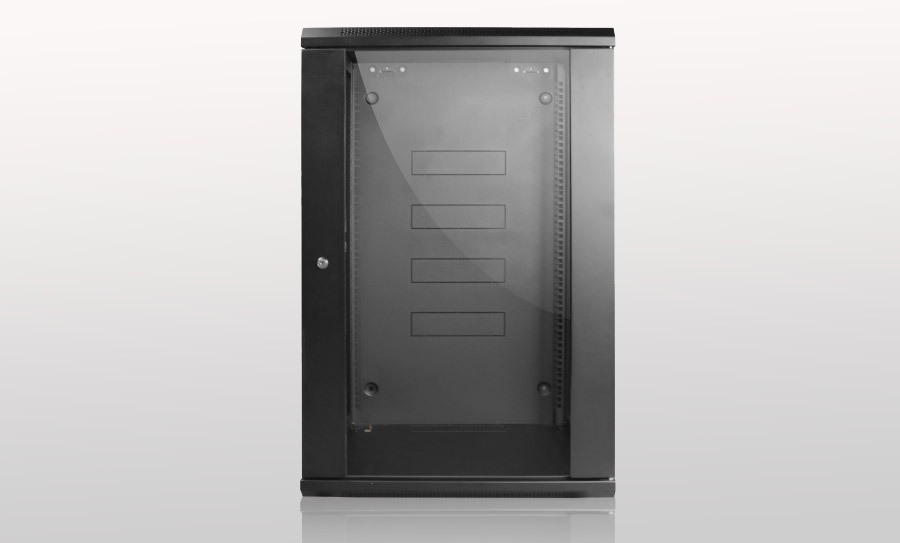Hot Aisle Containment is one way to ensure the safety of workers in an enclosed area. In this environment, the temperature inside the work environment must meet strict OSHA regulations and ISO 7243 guidelines. This temperature is monitored using a wet-bulb globe. A workstation or walkway will become the hot aisle, while the general working area will become the cold aisle.
Cold
When deciding on a new computer room, you can choose to use hot aisle containment or cold aisle containment. The latter is easier to install, and is often less expensive. However, both containment techniques offer advantages and disadvantages depending on your specific needs. In order to make the best decision, you must know your specific data center environment.
One of the most common approaches to cold aisle containment is using roof panels over raised floors. This prevents the air from escaping and is ideal for colocation and wholesale providers. It also fits well beneath existing obstructions.
Can be used in a slab environment
Hot aisle containment systems move hot exhaust air away from equipment, bringing it to HVAC returns. This shields the equipment from excessive heat, increasing cooling capacity and maintaining low humidity rates. They can be implemented in raised floor or slab data centers. They have a lower cost than HAC and are easier to install.
Because hot aisle containment is not a distinct volume, it is often installed on the ceiling. This is due to the need for adequate clearance between hot aisle containment and sprinkler heads. This type of containment is generally designed with a return air plenum to allow for sprinkler heads to function properly.
Hot aisle containment systems are widely accepted by most municipalities and meet the minimum requirements for fire safety. They are also more energy-efficient than cold aisle containment systems.
Can reduce energy costs
The right hot aisle containment system can save you money on energy costs by focusing cooling on a single load. This way, you can reduce the cooling portion of PUE by up to 43%. The main disadvantage of hot aisle containment is that it requires more work and technicians may not be able to check equipment properly at high temperatures.
Data center containment systems are an important consideration in data center design. With the constant monitoring of the temperatures and humidity, administrators can better deal with potential issues before they affect the equipment.
Can increase cooling capacity
The cooling capacity of a data center can be improved by installing hot aisle containment. The increased capacity reduces the amount of conditioned air lost and increases the efficiency of a CRAC unit. It also enables higher heat loads per rack. This can lead to significant savings for data centers.
The cooling capacity of a data center can vary considerably depending on the architectural design and density of the racks. Hot aisle containment systems are often impractical when the rack density is very high and requires large amounts of airflow to cool the racks. Inefficient cooling can lead to overheating of the servers and equipment, and the cold air used to compensate for the hot spots is inefficient.

Three ways to address hot aisle containment








 Home
Home